Marine Corps Ponders Training Changes
After a special operations deployment, handling state-of-the-art communications technology tops the list.
Back from a nearly year-long deployment to Afghanistan, the 1st Marine Special Operations Battalion already is working to apply lessons learned to training for the next deployment. As the battalion prepares for its next mission, it is reflecting on what its Marines learned about how they train, how their equipment worked and how they will prepare themselves for the future.
While they are able to use some of the best electronic communications gear developed for the military, the Marines nonetheless are trying to learn how they can improve both their initial and follow-up training to get the most out of that equipment. They also are asking important questions about whether they have enough, and the right kinds, of equipment.
Chief Warrant Officer 2 (CWO2) Jason Reed, USMC, is a spectrum operations officer, G-6, and one of the members of the Marine battalion responsible for supporting the communications needs of Marines during the deployment. CWO2 Reed says one of the first things his bosses at the Marine Corps Forces Special Operations Command (MARSOC) headquarters wanted to know is what worked, what went well and, more importantly, what needed improvement based on the deployment. For CWO2 Reed, that meant one thing: training for combat service support personnel.
He explains that MARSOC recruits Marines who have already received training for more conventional duties. “They’re radio operators, they’re maintenance folks, they’re cryptologists, they’re data network operators,” CWO2 Reed outlines. Upon arrival at MARSOC, however, the Marines receive a new level of training to support Special Operations, getting what he calls “a new baseline” in training.
“We’ve stood up the MARSOC Network Operations Course, and that provides a baseline training for all communicators from gunners on below. It’s a three-month course in which they get exposure to all communications equipment that supports a Marine special operations team, which is the lowest common unit in which we operate,” CWO2 Reed explains. The course covers everything from specialized Global Positioning System (GPS) units to small-aperture satellites. The network training takes place along with additional training in weapons and other topics dealing with special operations support over an approximately nine-month period.
CWO2 Reed says that following a deployment, a communications specialist with MARSOC generally is eligible for more advanced training such as the Enterprise Network Operators Course, which focuses on satellite communications terminals, voice over Internet protocol radios and other technology. These Marines also can receive advanced training in Cisco certification for computer networking equipment made by the California-based company and used widely by the military, including MARSOC.
Specific details of the deployment and the underlying logistical and technical support for battalion operations remain classified for operational security reasons at this time, and CWO2 Reed only can speak in nonspecific terms about nonclassified aspects of the mission. What is known is that the 1st Marine Special Operations Battalion (SOB), part of MARSOC and Special Operations Task Force (SOTF)-West were deployed to an area of western Afghanistan, encompassing Helmand, Nomroz, Farah, Heart, Ghor and Badghis provinces, and constituting nearly one-third of the country’s landmass. The 1st Marine SOB served as the lead, or command company, for three companies of U.S. special operations forces from the Army, Navy and Air Force. The deployment at one point featured as many as 14,000 troops, which included conventional forces from the U.S. military and international coalition partners. Their mission, which lasted from April through December of last year, has been described officially as one of “village stability operations” tied in with the overall political goal of establishing security and socioeconomic growth in rural areas outside of large urban areas such as the capital city of Kabul.
Much of the environment in which the Marines and SOTF-West worked during the deployment covered the broad spectrum of weather, says CWO2 Reed. “It’s all climes. You have treacherous heat waves that push through during the summer months, and when I left in the beginning of January [2013], it was 27 degrees and there was light snowfall in the area in which I was sitting.” In addition, CWO2 Reed speaks of the deployment taking him to “flat, dry lands, to expansive wetlands, into valley regions, mountainous regions,” which, he says, challenged the operational capabilities of the Marines and the task force, particularly in the realm of providing secure and reliable communications.
Because of the nature of the missions they undertake, MARSOC and other U.S. Special Forces often get first access to some of the newest, state-of-the-art communications gear, according to CWO2 Reed. “The great thing that MARSOC has been able to do is leverage SOCOM [U.S. Special Operations Command] when it comes to equipment. We have the best of both worlds. The Marines are developing new tactical handheld radios, and SOCOM is on the brink of doing so. We’re able to get technology as it comes out,” he says.
With American forces expected to reduce their presence in Afghanistan significantly beginning in 2014, deployments such as the one recently completed by the Marines and U.S. special operations units may be the last opportunity for some time to battle-test the growing inventory of electronic communications equipment that has been developed for the warfighter. CWO2 Reed says it is not uncommon for deployed units to conduct thorough after-action briefings to sort out questions about everything Marines take into the battlefield.
Based on the 1st Marine Battalion’s recent Afghanistan deployment, CWO2 Reed has returned to MARSOC headquarters and recommended to his superiors that some consideration be given to re-examining what he calls “sustainment training”—the additional training that Marine special operations communications specialists receive following a deployment. “Units, when possible, should conduct sustainment training; the focus shouldn’t be so much on the front-end load of training,” he explains. “Once they have that skill set, they need to keep it going because its a perishable asset.”
Whether it is internal communications exercises that are customized to the special needs of a particular command, or some other form of continuing education, CWO2 Reed says its vital to make sure that MARSOC communications specialists do not overlook opportunities for advanced training. “As technology changes, how do we provide venues for additional training when the program changes a radio, and it requires a two-hour class? How do we train those guys who have already been trained?” he asks.
For reasons of operational security, CWO2 Reed is unable to discuss in detail the actual operation of the communications gear for which he was responsible during the deployment. However, he does say post-deployment post-mortem briefings with his superiors included discussions about whether or not the Marine special operations forces are carrying sufficient gear to support a deployment. “Do we have the right amount of equipment? Do we have enough handheld radios, do we have enough satellite dishes, do we have enough GPSs?” he asks.
CWO2 Reed also says ongoing discussions focus on whether the equipment is holding up under the rigors of battlefield deployment. “We like to make this equipment Marine-proof, and there’s word that some of these newer pieces of technology are not as durable as they should be,” he says.
In a time when military budgets are being squeezed by budget-cutting pressure, CWO2 Reed states that MARSOC is asking whether it might be possible to combine commercial off-the-shelf components with government-specified equipment to achieve the same goal. He says he cited the possibilities of improvising in that manner a part of his after-action report on the deployment.
U.S. Marine Corps photos by Cpl. Kyle McNally, USMC
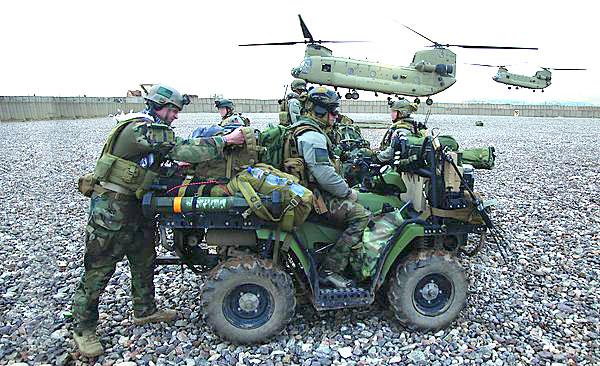
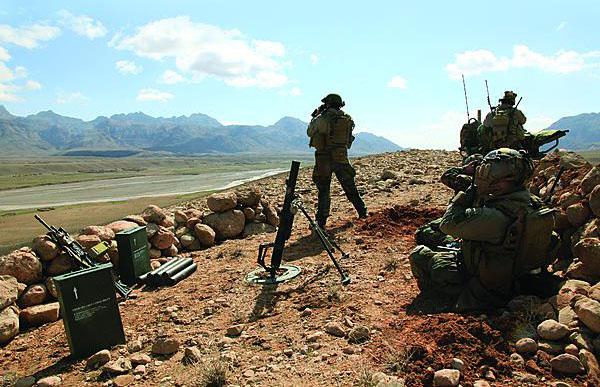
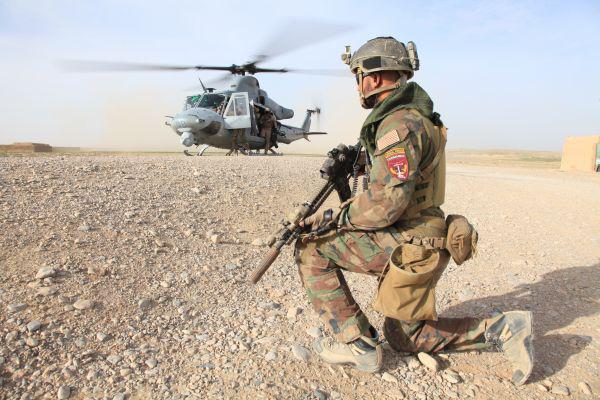
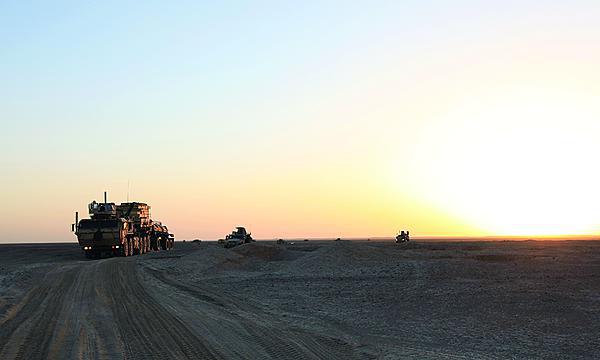



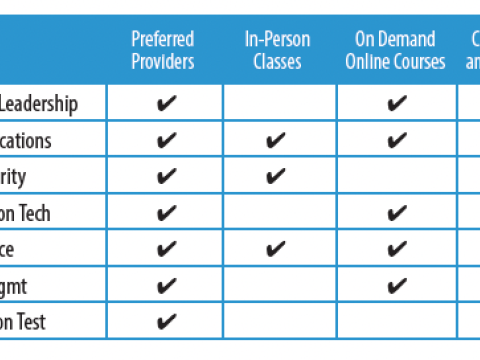
Comments